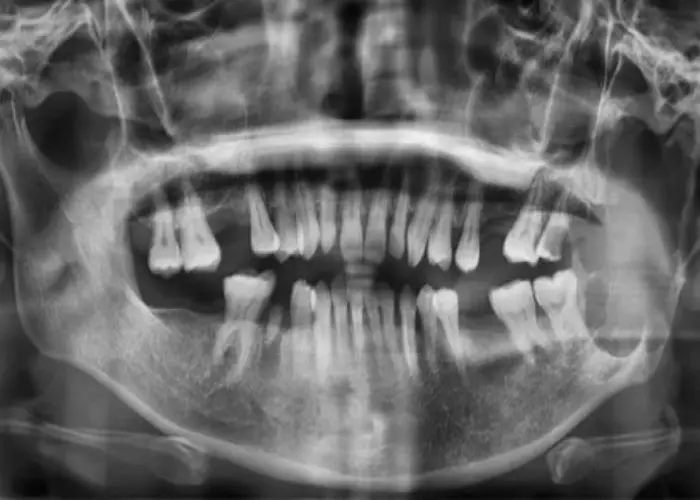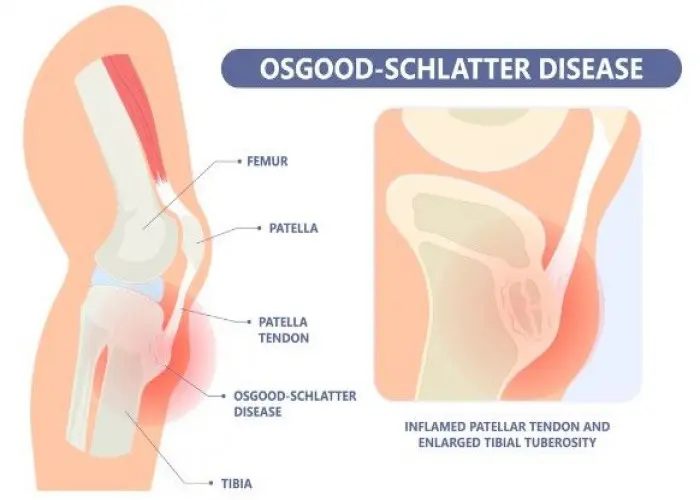 Welcome
Welcome
“May all be happy, may all be healed, may all be at peace and may no one ever suffer."
Ameloblastoma

Ameloblastoma is a rare, benign (non-cancerous) tumor that occurs in the jaw bone. It is a slow-growing tumor that can cause swelling, pain, and tenderness in the affected area.
The exact cause of ameloblastoma is not well understood, but it is thought to arise from cells that are responsible for forming tooth enamel.
Diagnosis of ameloblastoma is typically made through a combination of physical examination, X-rays, and biopsy. Treatment options for ameloblastoma may include surgical removal of the tumor, radiation therapy, or a combination of both.
In some cases, the tumor may need to be removed along with a portion of the jaw bone, which may result in significant changes to the appearance and function of the jaw.
If you have symptoms of ameloblastoma, it's important to see a dentist or oral surgeon for an evaluation. They can help determine the best course of treatment and work with you to develop a plan for managing your condition and maintaining your oral health.
Research Papers
Disease Signs and Symptoms
- Jaw pain
- Swollen jaw
- Distorting shape of lower face and jaw
- Tissue cancer or tumor
Disease Causes
Ameloblastoma
Ameloblastoma begins in the cells that form the protective enamel lining on your teeth. Rarely, it may start in gum tissue. The exact cause of the tumor is unclear, but several genetic changes (mutations) may be involved in the development of ameloblastoma. These changes may impact the location of the tumor, the type of cells involved and how fast the tumor grows.
Ameloblastomas are generally classified by type, but they can also be classified by cell type. The four main types include:
- Conventional ameloblastoma. This is the most common type and grows aggressively, usually in the lower jawbone, and approximately 10% recur after treatment.
- Unicystic ameloblastoma. This type is less aggressive, but typically occurs at a younger age. The tumor is often in the back of the lower jawbone at the molars. Recurrence is possible after treatment.
- Peripheral ameloblastoma. This type is rare and affects the gums and oral tissue in the upper or lower jaw. The tumor has a low risk of recurrence after treatment.
- Metastasizing ameloblastoma. This type is very rare and is defined by tumor cells that occur away from the primary site in the jaw.
Disease Prevents
Disease Treatments
Ameloblastoma treatment may depend on your tumor's size and location, and the type and appearance of the cells involved. Treatment may include:
- Surgery to remove the tumor. Ameloblastoma treatment usually includes surgery to remove the tumor. Ameloblastoma often grows into the nearby jawbone, so surgeons may need to remove the affected part of the jawbone. An aggressive approach to surgery reduces the risk that ameloblastoma will come back.
- Surgery to repair the jaw. If surgery involves removing part of your jawbone, surgeons can repair and reconstruct the jaw. This can help improve how your jaw looks and works afterward. The surgery can also help you to be able to eat and speak.
- Radiation therapy. Radiation therapy using high-powered energy beams might be needed after surgery or if surgery isn't an option.
- Prosthetics. Specialists called prosthodontists can make artificial replacements for missing teeth or other damaged natural structures in the mouth.
- Supportive care. A variety of specialists can help you work through speaking, swallowing and eating problems during and after treatment. These specialists may include dietitians, speech and language therapists, and physical therapists.
Due to the risk of recurrence after treatment, lifelong, regular follow-up appointments are important.
Disease Diagnoses
Disease Allopathic Generics
Disease Ayurvedic Generics
Disease Homeopathic Generics
Disease yoga
Ameloblastoma and Learn More about Diseases

Growth plate fractures

Legg-Calve-Perthes disease

Teen depression

Nearsightedness

Back pain

Airplane ear

Roseola

Recurrent breast cancer
Ameloblastoma, Ameloblastoma pathology outlines, Unicystic ameloblastoma, অ্যাম্লোব্লাস্টোমা
To be happy, beautiful, healthy, wealthy, hale and long-lived stay with DM3S.
